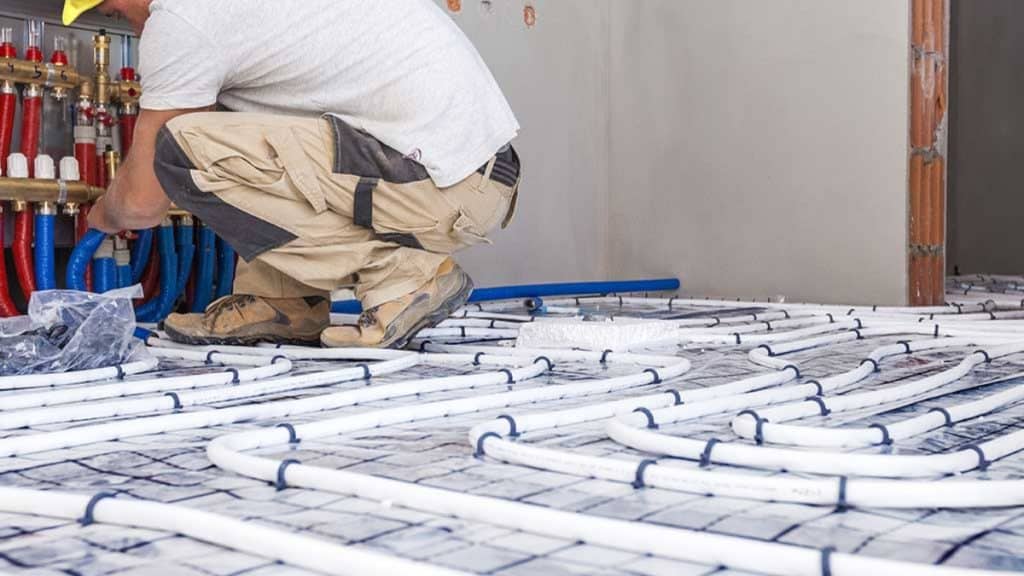Searching for an underfloor heating system can be tricky, as there are certain aspects that you need to consider to make sure that the qualities meet your needs and budget. However, you can put all your worries away, as this article will summarise the important information that can help you make the right decision in your research to find the best underfloor heating in Australia to warm your house.
1. The variety of the product.
There are two types of heating systems in the market that you can choose and those are electric underfloor heating and underfloor hydronic heating. Both options have different benefits. The most significant difference is the power resource.
The electric system relies on the electric wires or conductive mat installed under the floor, while the hydronic system warms the surface by taking advantage of hot water pumped through the pipe network installed beneath the floor. These different characteristics also result in a different approach to installing, operating, and maintaining the system. The electric ones are more practical to set up but have higher utility costs. On the other hand, underfloor hydronic heating provides a greater challenge during installation but can reduce the energy consumed in your house and contribute positively to the environment.
2. The flooring materials
When selecting an underfloor heating system, the type of flooring in your home can significantly impact its performance. Generally, solid flooring materials like ceramic, wood, and stone allow for efficient heat transfer, making them well-suited for both electric and hydronic underfloor heating systems.
Electric underfloor heating systems are particularly effective under tile and stone, as these materials conduct heat well and provide consistent warmth. They are also suitable for thinner vinyl and laminate floors, although thicker or heavily insulated versions may reduce heat transfer efficiency.
Hydronic underfloor heating systems work best with tile, stone, and engineered wood, as these materials can handle higher heat output and distribute warmth evenly. Carpet, while compatible with electric systems, should be chosen with minimal thickness and padding. Rubber flooring, due to its high insulating properties, is generally not recommended for either system as it can trap heat and reduce efficiency.
Ensuring that your heating system matches the characteristics of your flooring material will help achieve optimal performance and comfort.
3. Heat loss analysis
It is a wise move to consider the heat loss estimate of electric underfloor heating or hydronic systems. If you do not set up the proper equipment to achieve the heating performance you need, you will only spend your expenses on an inefficient system that will take a longer waiting time for your room to be heated.
To conduct a heat loss analysis, measure the room dimensions and assess the materials used in walls, floors, and ceilings, as these affect heat retention.
Also, be sure to take into account factors like windows and the local climate. By calculating total heat loss, you can determine the heating capacity needed to ensure the system operates efficiently.
For the most accurate assessment and recommendations, it’s best to hire a professional with expertise in heat loss calculations and heating system design.
The best underfloor heating system in Australia varies based on your specific needs. What’s most important is ensuring that the system you choose meets your requirements and fits within your budget. If you have further queries about underfloor heating, do not hesitate to contact a reliable professional to assist you.

